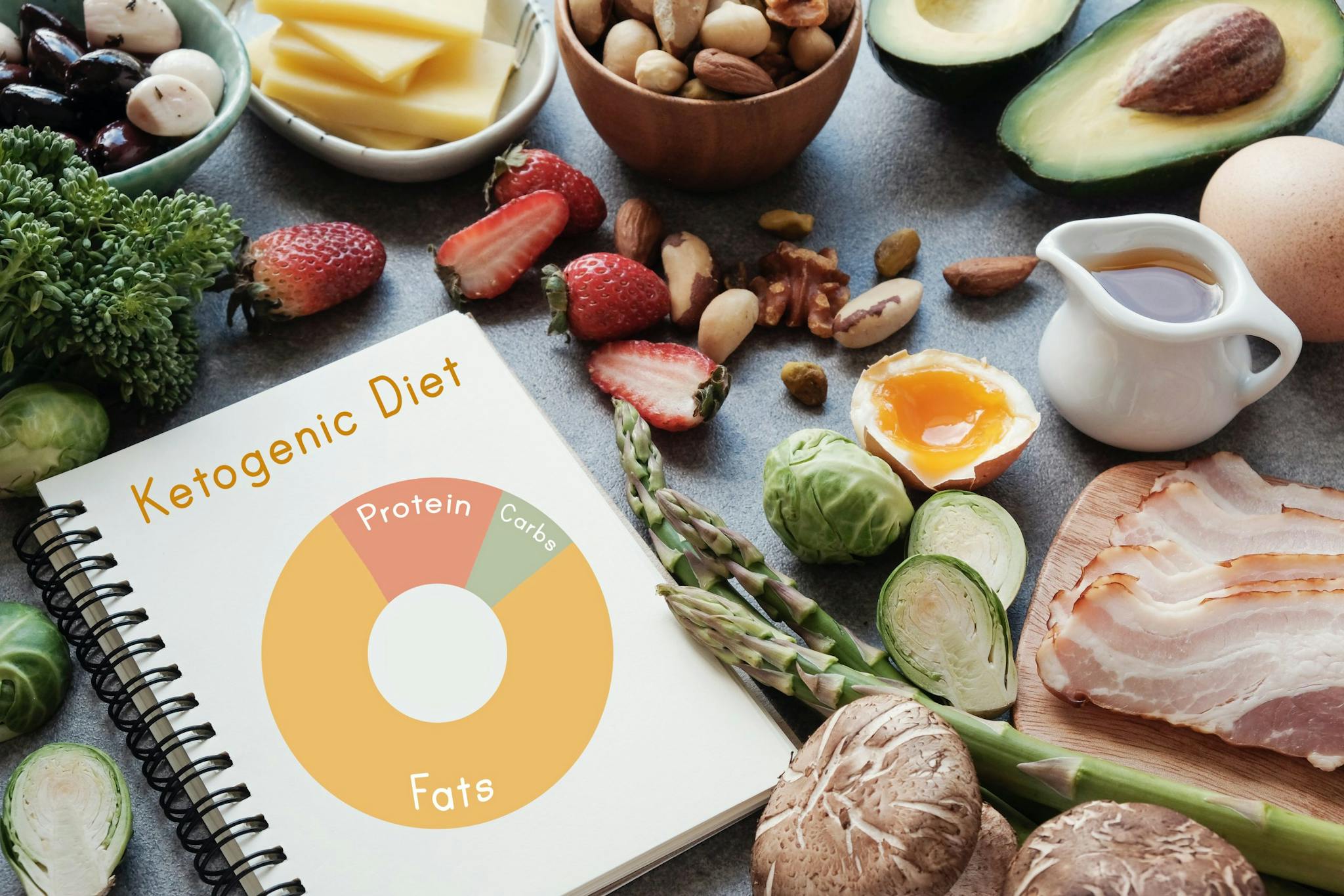
April 22, 2024
What Deficiency Causes Cold Hands and Feet?
- Family Medicine
- Internal Medicine
December 21, 2016 | Family Medicine

Eating healthy during the winter is difficult for many people. As the temperature drops and the holidays approach, it’s easy to fall into the habit of working out less and eating comfort foods. But the temptation to eat high-fat dishes isn’t the only problem.
Incorporating fresh fruits into your diet can be easier in the summer months when many are in season and amply available. While the selection is smaller, there are many fruits that thrive during the fall and winter. Eating more of these fruits can help you stay healthy and eat well during the fall and winter months.
Citrus Fruits:
While the ideal season varies between citrus fruits, the vast majority thrive in fall and winter, sometimes continuing into early spring. This may be surprising as the fresh, sweet taste of citrus fruits such as oranges and grapefruits are often associated with the summer months. The nutrients in these fruits provides a number of benefits, most notably fiber and vitamin C. Fiber helps you feel full, and vitamin C may help prevent immune system deficiencies. While most people eat their citrus fruits plain, if you are looking for a richer and warmer flavor, grapefruits baked with honey and cinnamon make for a sweet snack.
Pears:
There are many varieties of pears and all but one type are in season during the fall and winter. Pears are a good source of fiber, potassium, vitamin C, calcium, and many other vitamins and minerals. Pears are relatively low in calories with only about 80 calories in a small pear. More research needs to be done on the health benefits of pears, but they are known to aid with digestive problems. You can eat pears in many ways. For example, they can be grilled and put on top of a salad.
Pomegranates:
Often touted as a superfood, pomegranates are high in antioxidants and may improve heart health. Pomegranate juice has become popular because it contains “antioxidants at higher levels than do many other fruit juices” which are believed to help reduce “bad” cholesterol. In addition to drinking its juice, pomegranates are commonly used on top of salads. You can also use them in desserts and even to help flavor meats or vegetables.
Persimmons:
Persimmons originated in Asia but have been grown in the United States since the 1800s and have serious health benefits. Several scientific studies have found that a persimmon a day does more to promote heart health than an apple a day—due largely to the fact that persimmons contain antioxidants, many important minerals and twice the natural fiber of apples. If you have not tried persimmons before, you are not alone. These tomato looking fruits, however, are becoming more common in American supermarkets. If you are thinking about buying persimmons for the first time, be sure to buy the right kind. There are two main types of persimmons: astringent and non-astringent. Astringent persimmons are extremely bitter and should only be eaten when they are soft and overripe, while non astringent persimmons can be eaten when still firm. Knowing what kind of persimmons you have purchased can help you decide when and how to eat them. Non-astringent persimmons taste great paired with fresh white cheese or in a kale salad.
Kiwifruits:
Kiwis have a sweet, tart taste and are about the size of an egg. Supermarkets often sell these fruits year round, but kiwis are harvested in the United States in late September. These little fruits are packed with health benefits. One cup of kiwi has about 108 calories and over 270 percent of the recommended daily vitamin C. Kiwis are also high in serotonin, magnesium and potassium, which boost learning, energy levels, memory and mood in addition to helping regulate appetite. You can eat kiwis alone as a sweet treat or you can add them to smoothies, salads or desserts.
Filling up on fruits and vegetables is an easy way to prevent overeating unhealthy foods. Adding these common fall and winter fruits to your food routine can add variety to your meals and help you live a healthier life.
WRITTEN BY:
The Live Better Team


April 22, 2024

April 9, 2024

March 22, 2024

February 12, 2024
This information is not intended to replace the advice of a medical professional. You should always consult your doctor before making decisions about your health.